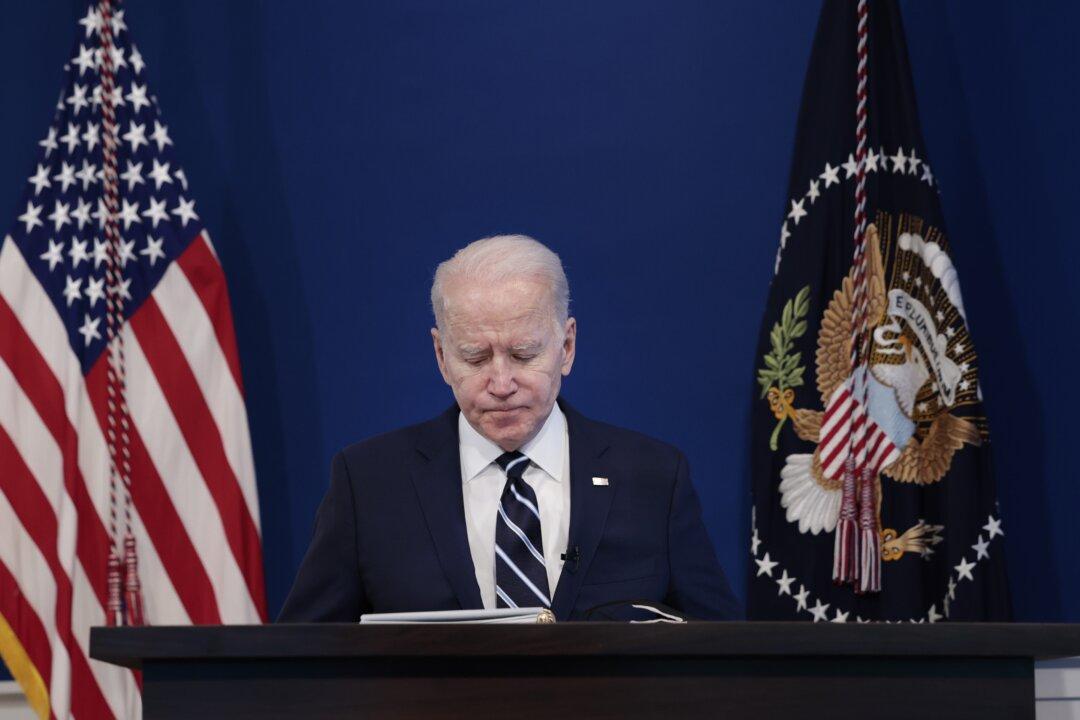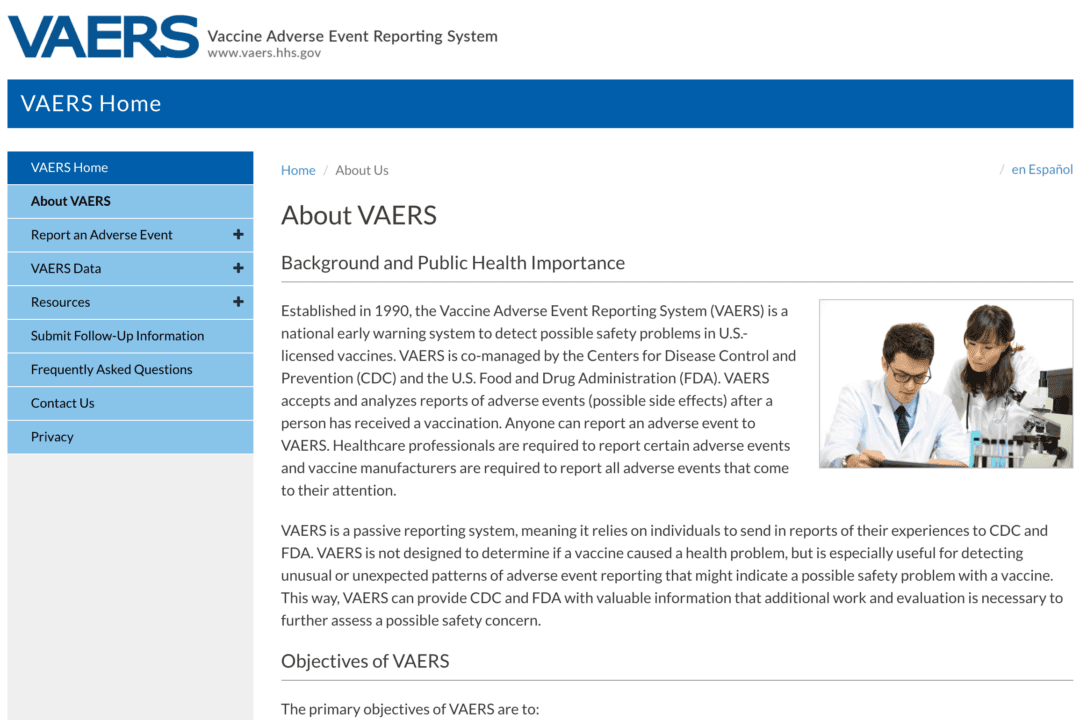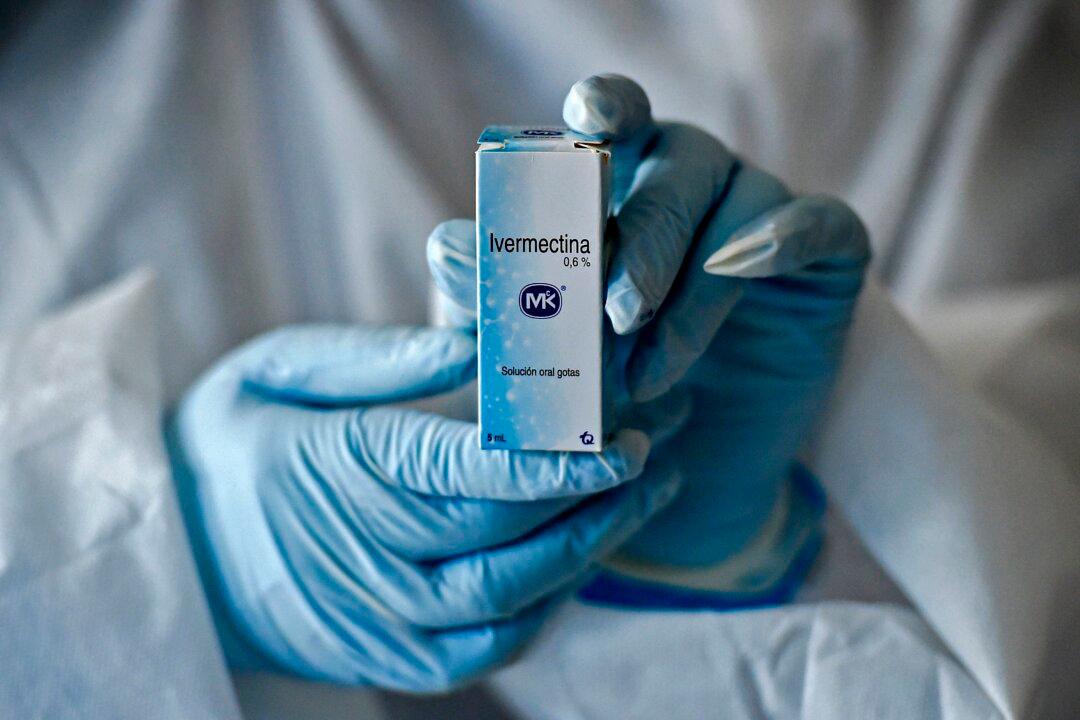Despite promises from President Joe Biden and top health officials that COVID-19 vaccines would prevent severe illness, death, and perhaps even transmission of the virus, data indicate that thousands of Americans are dying from the illness even after having been vaccinated.
Striking evidence comes from California, Georgia, and Illinois, where a third of people dying with COVID had been vaccinated–even some who had received a third booster shot. In the absence of publicly available federal data, the three states offer some of the best numbers on the post-vaccine impact of a pandemic that has claimed 950,000 American lives.





